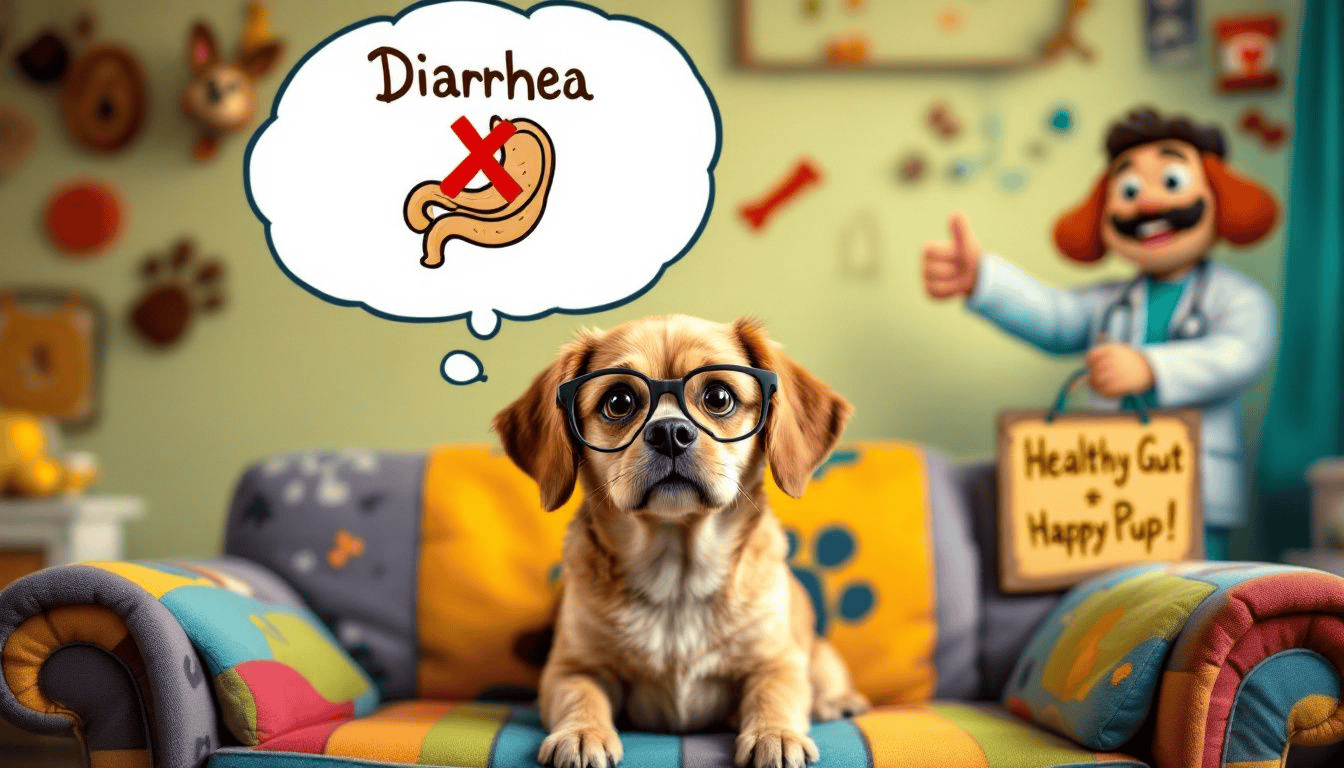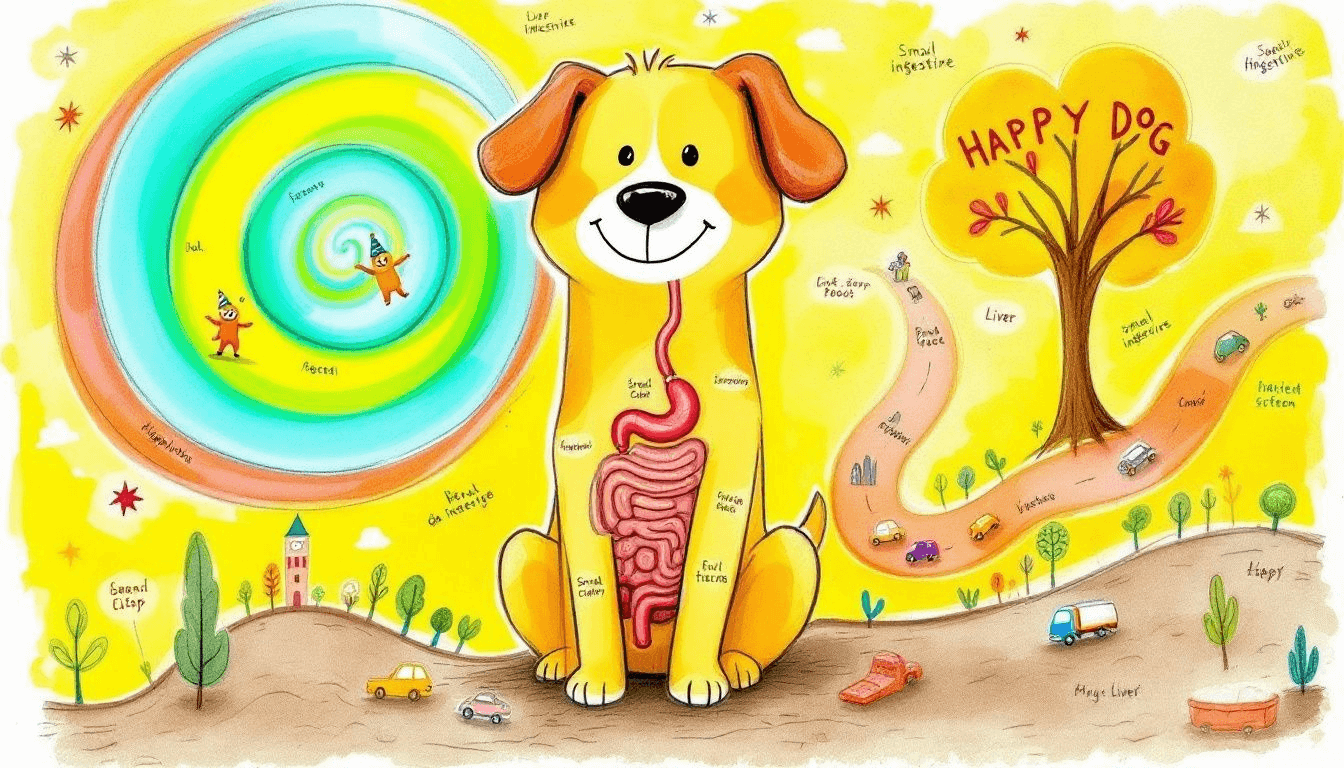Do Bully Sticks Cause Diarrhea? Understanding the Risks and Benefits
Posted by Greg C. on Dec 12, 2024
Do Bully Sticks Cause Diarrhea in Dogs? Understanding the Risks & Solutions
Do bully sticks cause diarrhea? Yes, they might. High-protein treats like bully sticks can be hard on some dogs' digestive systems, especially if they have sensitive stomachs or are new to these treats. This article will discuss why this happens, how to safely introduce bully sticks, and tips for monitoring your dog's reaction.
Key Takeaways
- Bully sticks can cause diarrhea in dogs, particularly those with sensitive stomachs, or if overconsumed due to their high protein content.
- A gradual introduction of bully sticks and monitoring your dog's reaction can help prevent digestive issues and ensure their well-being.
- Choosing high-quality bully sticks and managing portion sizes and chewing duration is essential for minimizing risks and promoting digestive health.
Why Bully Sticks Might Cause Diarrhea

Bully sticks, made from the bull's penis, are rich in protein, which can sometimes disrupt a dog's digestive system, especially if they have sensitive stomachs or aren't used to high-protein treats. In some dogs, this high protein content can cause digestive upset, including diarrhea.
Older dogs or those with allergies are particularly susceptible to gastrointestinal issues after consuming bully sticks. If your dog isn't accustomed to beef, the sudden introduction of bully sticks can lead to digestive complications, including loose stools and vomiting.
Another critical factor is overconsumption. Eating too many bully sticks at once can overwhelm your dog's digestive system, leading to an upset stomach and diarrhea.
It is essential to monitor the number of bully sticks your dog consumes. Even one bully stick can cause digestive issues in dogs with sensitive stomachs or if given too often. Awareness of these risks helps you make informed decisions about incorporating bully sticks into your dog's diet.
Introducing Bully Sticks Gradually
Gradually introducing bully sticks into your dog's diet can prevent digestive upset. This approach helps their digestive system adapt to the new treat. Begin with a small amount and introduce bully sticks gradually to observe your dog's response to gauge tolerance and make adjustments as needed.
It is essential to control the number of bully sticks. Limiting chew time to 5-10 minutes can prevent digestive overload. Early observation of any discomfort can help identify adverse reactions before they escalate.
Made from natural beef, bully sticks are generally safe but can still cause digestive issues if introduced too quickly. Gradual introduction and careful monitoring of your dog's reaction can ensure a smooth transition and minimize digestive problems.
Monitoring Your Dog's Reaction
When introducing bully sticks for the first time, closely monitor your dog's reaction. Dogs with sensitive stomachs may experience loose stools, diarrhea, or vomiting. Observing these signs can help determine if bully sticks are suitable for your dog.
Supervising your dog when giving bully sticks is crucial. This prevents choking and gastrointestinal blockage and allows observation of any immediate digestive distress. Pet owners should watch for symptoms like vomiting, gas, and diarrhea after consumption.
Limit your dog's intake if necessary for its well-being. If adverse reactions are noticed, reducing the frequency or amount of bully sticks may be necessary. Close monitoring ensures your dog's safety and enjoyment of this popular treat.
Choosing High-Quality Bully Sticks

Choosing high-quality bully sticks can reduce the risk of digestive issues. The beef source impacts nutritional quality and potential problems. Bully sticks made from grass-fed cattle are generally safer and higher in quality.
Choosing bully sticks without artificial additives can improve your dog's health. These natural treats are less likely to cause digestive upset and are healthier options. Ensure the size and thickness match your dog's chewing habits for safety.
Free-range sourcing often indicates higher quality control, making it a reliable choice. High-quality bully sticks provide a safer, more enjoyable treat while minimizing digestive risks.
Portion Control and Chewing Time
Managing portion sizes and chewing duration of bully sticks is essential to prevent digestive issues. Offering small pieces during training can prevent overfeeding, as bully sticks are calorie-dense. This helps manage calorie intake and avoids weight concerns.
Dogs should chew bully sticks for about five to ten minutes to avoid gastrointestinal upset. Longer chewing times can lead to excessive consumption and digestive problems. Rotating rewards keeps dogs engaged and prevents fixation on one treat. Dog chews can also be a great addition to their chewing routine.
If digestive issues are noted, reducing the amount of bully sticks can help. Practicing portion control and limiting chewing time ensures your dog enjoys treats without adverse effects.
Understanding Your Dog's Digestive System

Understanding your dog's digestive system is key to their health. Dogs typically digest bully sticks over about three hours, but some may have issues due to high protein content. A sudden protein surge can overwhelm some dogs' digestive systems, causing complications.
Natural dog bully sticks are more digestible than rawhide, making them preferable for sensitive dogs. If your dog has a sensitive stomach, introduce bully sticks cautiously. Consult a veterinarian if your dog shows signs of digestive sensitivity.
Veterinarians can guide you on appropriate treats and help manage potential issues. Understanding your dog's diet allows responsible pet parents to make informed dietary decisions.
Proper Storage of Bully Sticks
Proper storage of bully sticks maintains freshness and prevents spoilage. Store them in a resealable bag and freeze to keep them fresh. Keep in a cool, dry place, away from moisture and heat.
Improper storage may cause spoilage and gastrointestinal upset. Regularly inspect for off odors or visible spoilage to ensure the safety of bully sticks for dogs.
Pet owners should check expiration dates and appearance when storing bully sticks. Proper storage prevents bacterial contamination, ensuring a safe, healthy treat for your dog.
How Often to Give Bully Sticks
It is advisable to provide bully sticks once or twice a week. This frequency allows enjoyment without overconsumption, preventing digestive issues and weight gain. Treats, including bully sticks, should comprise no more than 10% of a dog's daily caloric intake.
The frequency of giving bully sticks depends on your dog's size, age, and activity level, but moderation is key to maintaining their health.
Other Potential Side Effects

Bully sticks are popular but come with potential side effects. Supervision is essential to avoid choking hazards from large pieces, especially for dogs that tend to swallow without adequate chewing.
If a bully stick becomes too small, it may become lodged in the throat, causing choking or gastrointestinal obstruction. Some dogs may also be allergic to specific types of bully sticks, which can cause symptoms like swelling or itching.
Bully sticks should be consumed in moderation. Overconsumption can lead to excessive calorie intake and weight gain. Awareness of these potential side effects allows you to mitigate risks and safely ensure your dog enjoys bully sticks.
Consulting Your Vet

Persistent diarrhea may indicate digestive discomfort from bully sticks. If your dog has ongoing discomfort or diarrhea after eating bully sticks, consult your veterinarian.
Veterinarians can determine if there are underlying health concerns related to bully sticks and provide guidance on appropriate treats for dogs with sensitive stomachs or specific dietary needs. When introducing new treats, consulting your vet ensures your dog's health and safety.
Summary
In conclusion, while bully sticks are a nutritious and popular dog treat, they can cause digestive issues if not introduced and appropriately managed. Gradual introduction, monitoring your dog's reaction, choosing high-quality products, and practicing portion control is key to preventing digestive problems.
Consulting your veterinarian for persistent issues and personalized advice is essential for your dog's health. Following these guidelines, you can safely incorporate bully sticks into your dog's diet and ensure that your dog enjoys its treats without adverse effects.
Frequently Asked Questions
Can bully sticks cause diarrhea in dogs?
Yes, bully sticks can cause diarrhea in dogs, particularly if they have sensitive stomachs or overconsume them. It's essential to monitor your dog's intake to prevent digestive issues.
How should I introduce bully sticks to my dog?
Introduce bully sticks gradually by starting with a small amount and limiting chew time to 5-10 minutes to monitor your dog's reaction. This will help ensure a positive experience for your pet.
How often should I give my dog bully sticks?
Bully sticks should be given to your dog once or twice a week, ensuring they make up no more than 10% of its daily caloric intake. This helps maintain a balanced diet while allowing your dog to enjoy them safely.
What should I do if my dog has diarrhea after eating bully sticks?
If your dog has diarrhea after eating bully sticks, it's essential to consult your veterinarian for advice and alternative treat options. Persistent diarrhea may indicate an adverse reaction and professional guidance is crucial for your pet's health.
How can I store bully sticks to keep them fresh?
To keep bully sticks fresh, store them in a resealable bag or freeze them in a cool, dry place. This helps maintain their quality and prevent spoilage.



